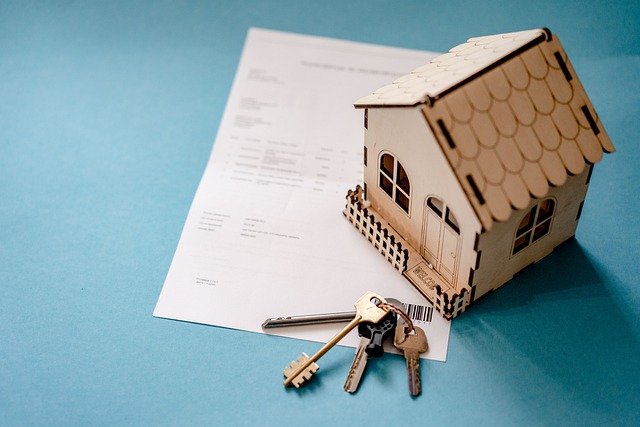
Somewhat similar to homeowners insurance, renters insurance is for people who rent or lease a home. They do not own the property in which they live. Renters insurance is meant to cover losses of personal property and protect the renter from liability claims. So what does renters insurance cover? There are three primary components of renters insurance: Personal property, liability, and additional living expenses.
Personal Property
Personal property are the tenant’s belongings. It is things that the tenant owns. For example, furniture, clothing, and electronics are personal property. If personal property is damaged in a covered event, then renters insurance will cover the cost to replace or repair belongings. Coverage is provided up to the policy limit. For example, if a pipe bursts in an apartment, and the water damages the furniture, then renters insurance can help with the cost to replace or repair the damaged furniture.
Liability
The definition of liability is to be responsible for something. If the tenant damages the rental property or a tenant’s guest injures him or herself, then the renters insurance policy will pay for the damages or guest medical bills up to the policy limit. For example, if a tenant’s guest trips over the laundry basket while visiting the tenant, the insurance policy can help pay for the guest’s medical bills.
Additional Living Expenses
Insurance can be a lifeline when the unexpected happens. If something happens to the rental unit making it uninhabitable, tenants with renters insurance have relief. Their policy will cover the cost of living expenses during the time the tenant cannot live in the rental unit. For example, if there is water damage to the apartment, the tenant may have to temporarily relocate. Renters insurance can help pay for a hotel while the apartment is under repair.